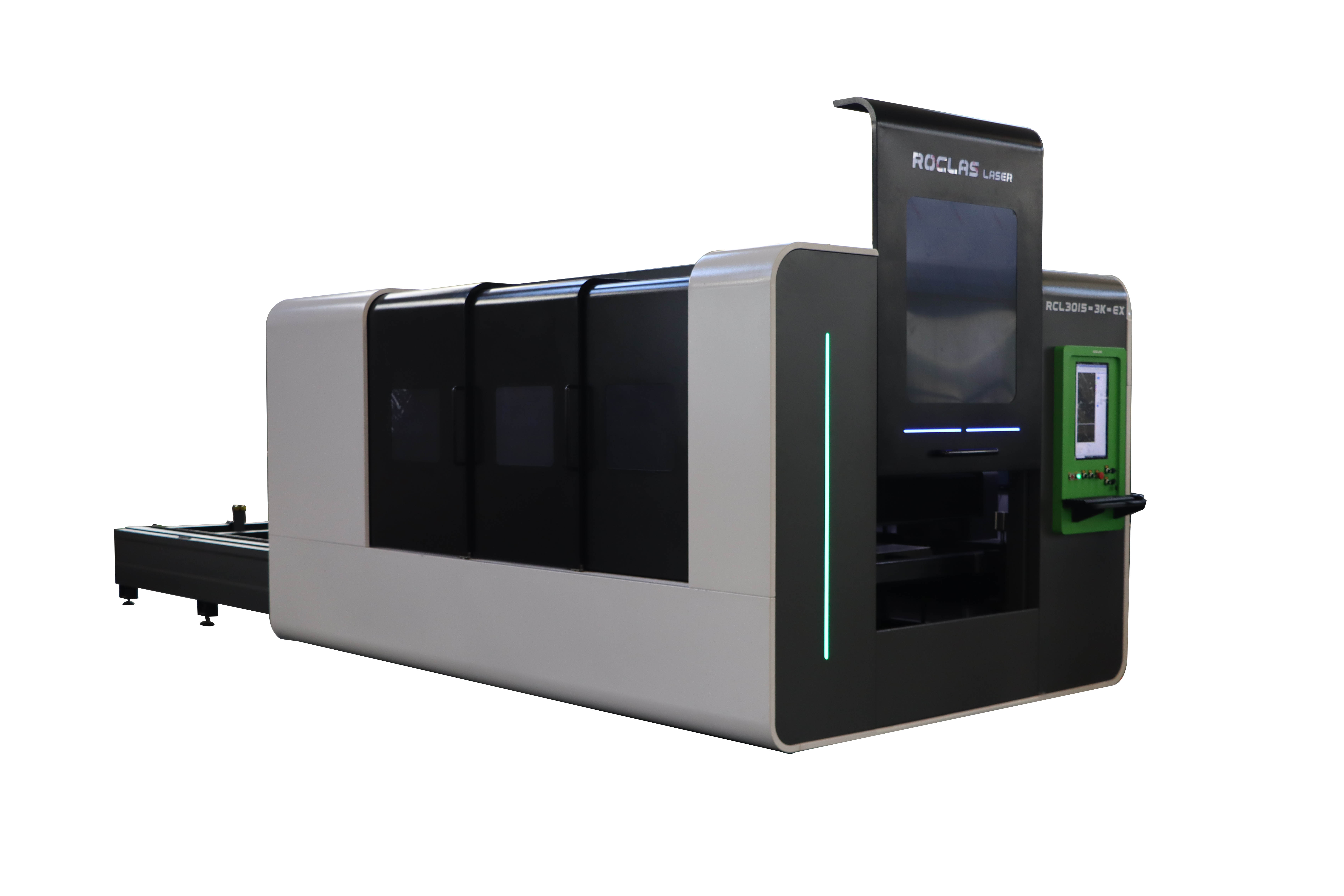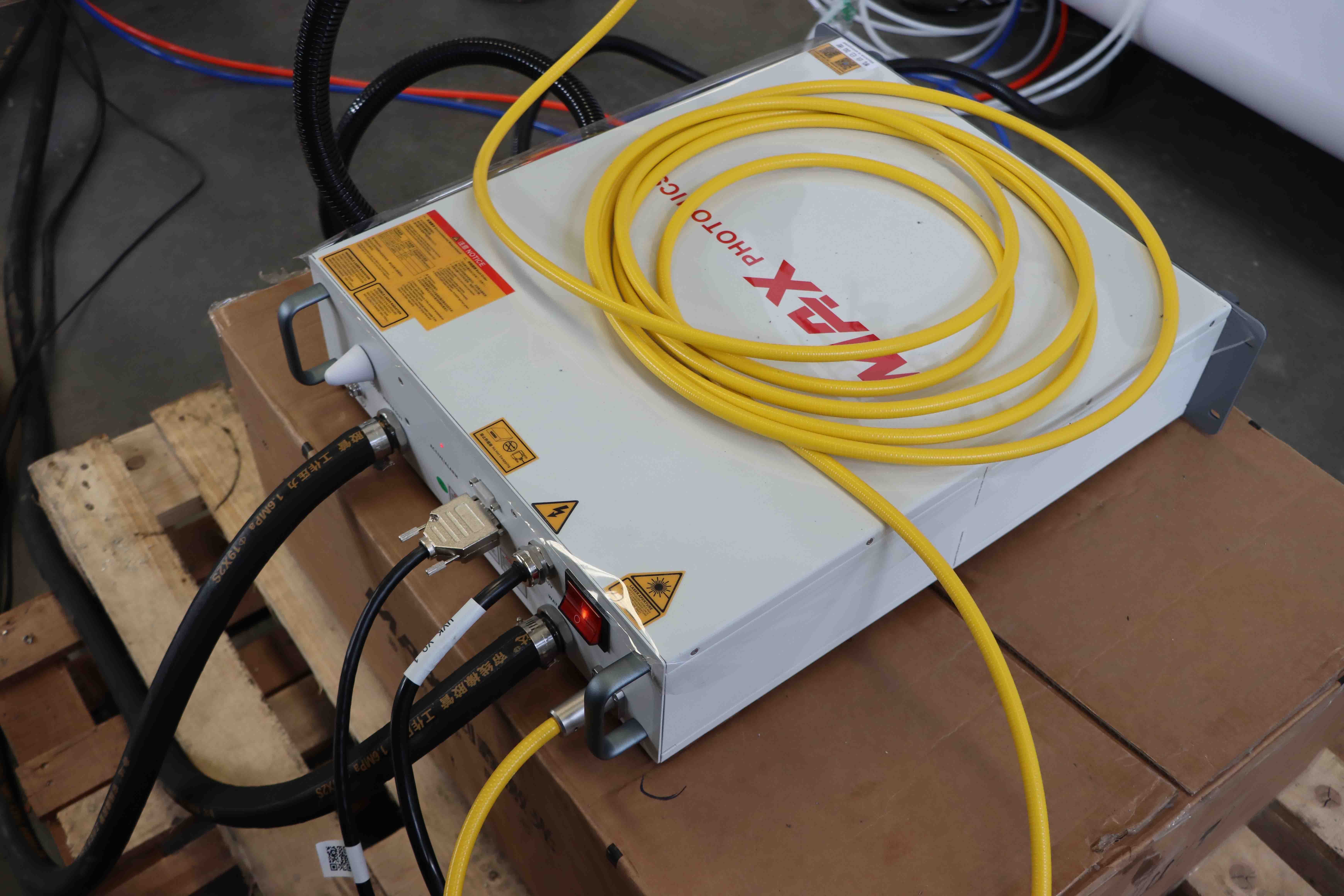Introduction
The advent of fiber laser technology has significantly transformed the manufacturing and fabrication industries. A fiber laser machine for sale represents a cutting-edge solution for businesses seeking precision, efficiency, and versatility in their operations. This article delves into the intricacies of fiber laser machines, their applications, benefits, and what to consider when purchasing one.

Understanding Fiber Laser Technology
Fiber laser machines utilize a solid-state laser source that generates a high-intensity laser beam through optical fibers doped with rare-earth elements such as erbium, ytterbium, or neodymium. This technology offers several advantages over traditional CO2 lasers, including higher energy efficiency, lower maintenance costs, and superior beam quality.

Key Features of Fiber Laser Machines
1. High Precision and Accuracy: Fiber lasers produce a focused beam that allows for intricate cuts and engravings with minimal kerf width.
2. Speed and Efficiency: These machines operate at high speeds, significantly reducing production time.
3. Versatility: Capable of cutting and engraving a wide range of materials, including metals, plastics, and composites.
4. Low Maintenance: With fewer moving parts and no need for gas refills, fiber lasers require less maintenance compared to CO2 lasers.
5. Energy Efficiency: Fiber lasers consume less power, making them a more sustainable option.
Applications of Fiber Laser Machines
Fiber laser machines are employed across various industries due to their versatility and precision. Some common applications include:
1. Metal Fabrication: Cutting and engraving metals such as stainless steel, aluminum, and copper.
2. Automotive Industry: Manufacturing precision parts and components.
3. Electronics: Producing intricate components for electronic devices.
4. Medical Devices: Creating precise and sterile components for medical equipment.
5. Jewelry Making: Engraving and cutting intricate designs on precious metals.
Benefits of Investing in a Fiber Laser Machine
1. Enhanced Productivity: The speed and efficiency of fiber lasers translate to higher output and faster turnaround times.
2. Cost-Effectiveness: Lower energy consumption and maintenance costs contribute to long-term savings.
3. Superior Quality: The precision of fiber lasers ensures high-quality finishes, reducing the need for post-processing.
4. Flexibility: Ability to handle a wide range of materials and applications makes fiber lasers a versatile investment.
5. Sustainability: Lower energy consumption and reduced waste contribute to a more environmentally friendly operation.
Factors to Consider When Purchasing a Fiber Laser Machine
1. Power and Wattage: The power of the laser determines the thickness and type of materials it can handle. Higher wattage machines are suitable for thicker materials.
2. Work Area Size: Consider the size of the materials you will be working with to ensure the machine's work area meets your needs.
3. Software Compatibility: Ensure the machine is compatible with the software you plan to use for design and control.
4. Cooling System: Fiber lasers generate heat, so an efficient cooling system is essential to maintain performance and longevity.
5. Brand and Support: Choose a reputable brand with reliable customer support and after-sales service.
6. Budget: Determine your budget and compare different models to find the best value for your investment.
Maintenance and Safety Tips
1. Regular Cleaning: Keep the machine and its components clean to prevent dust and debris from affecting performance.
2. Routine Inspections: Regularly inspect the machine for any signs of wear or damage.
3. Proper Ventilation: Ensure the workspace is well-ventilated to dissipate heat and fumes.
4. Safety Gear: Operators should wear appropriate safety gear, including protective eyewear and gloves.
5. Training: Ensure operators are well-trained in using the machine and understanding safety protocols.
Future Trends in Fiber Laser Technology
The fiber laser industry continues to evolve, with advancements aimed at enhancing performance, reducing costs, and expanding applications. Some emerging trends include:
1. Higher Power Lasers: Development of higher wattage lasers for cutting thicker materials at faster speeds.
2. Automation Integration: Increasing integration with automated systems for seamless production processes.
3. Compact Designs: Development of more compact and portable fiber laser machines for smaller workspaces.
4. Enhanced Software: Improved software for better design capabilities and machine control.
5. Sustainability Initiatives: Continued focus on reducing energy consumption and environmental impact.
Conclusion
Investing in a fiber laser machine for sale is a strategic move for businesses looking to enhance their production capabilities, improve quality, and reduce costs. With their precision, speed, and versatility, fiber laser machines are revolutionizing industries and setting new standards in manufacturing and fabrication. By considering the factors outlined in this article, businesses can make informed decisions and select the right fiber laser machine to meet their specific needs and drive their success in a competitive market.
Regardless of whether you require general advice or specific support, we are happy to help you.